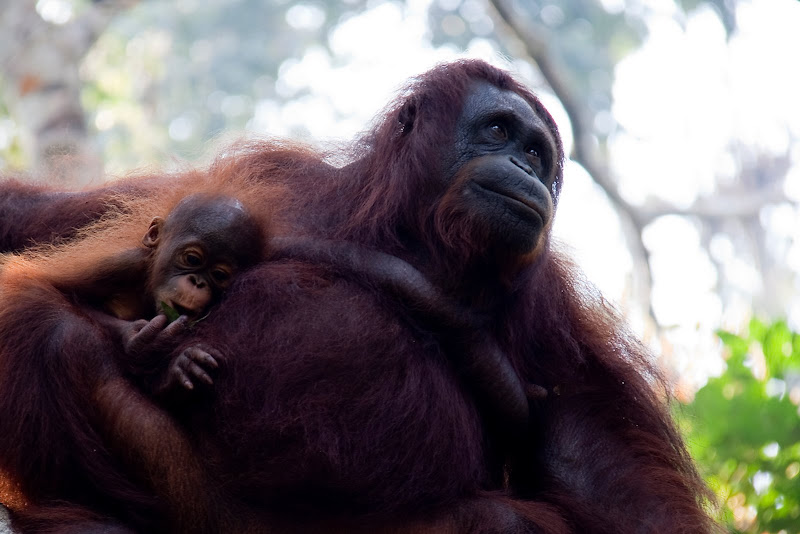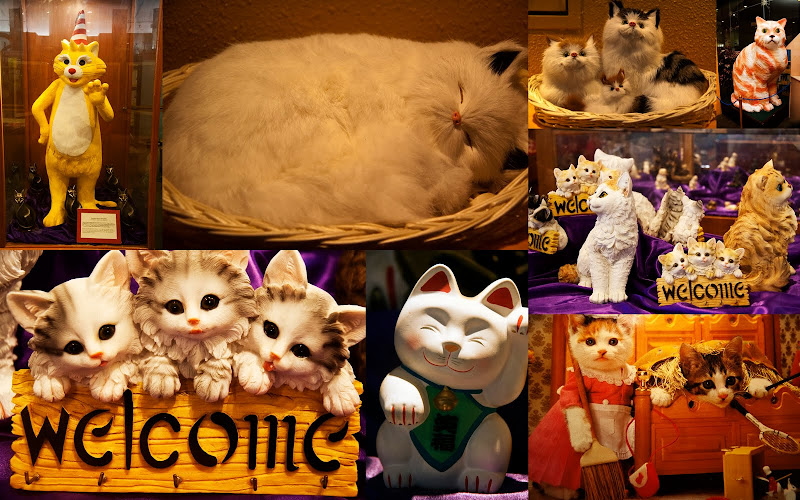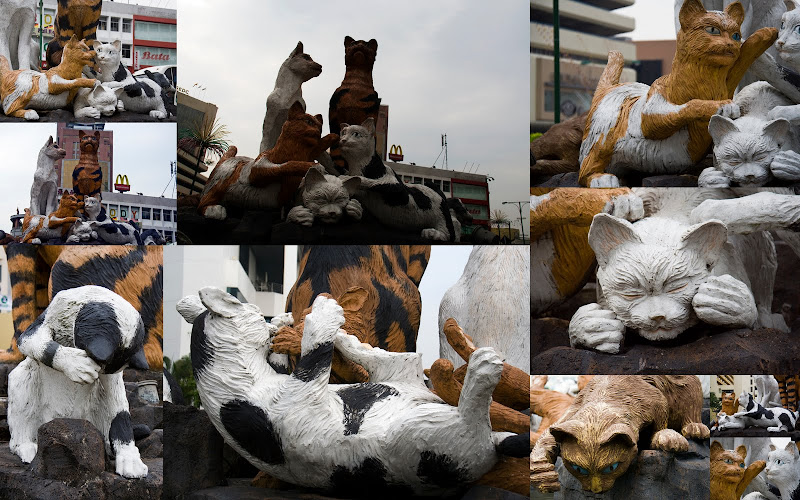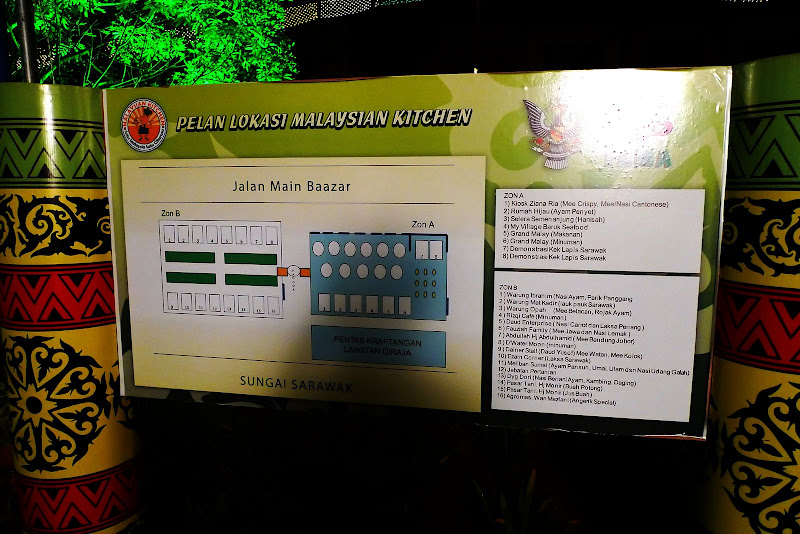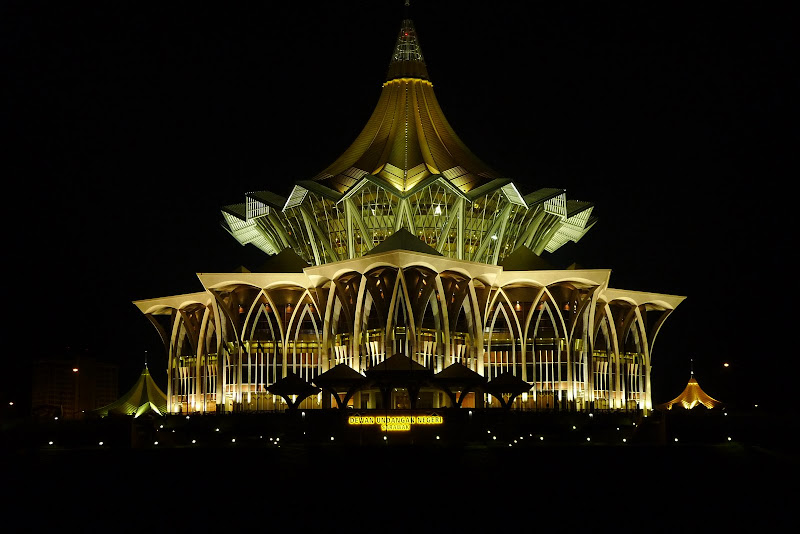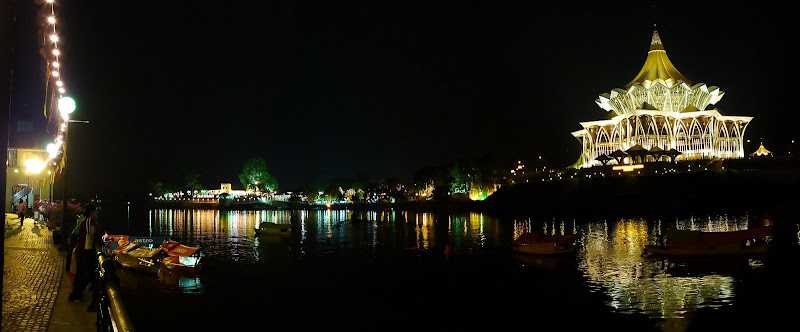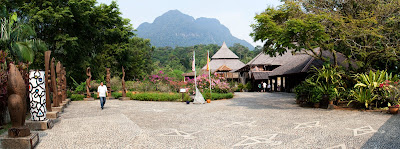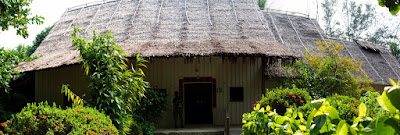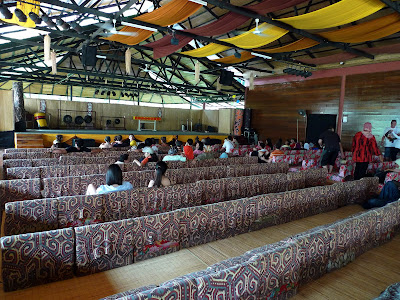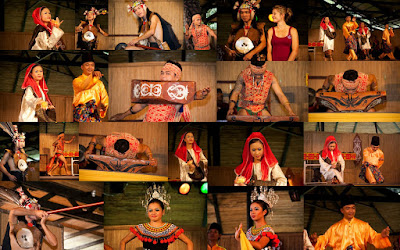| |
| Type | Digital, single-lens reflex, AF/AE camera with built-in flash |
| Recording media | CF Card Type I and II, UDMA-compliant CF cards, Recording to USB external media via Wireless File Transmitter (WFT-E5) |
| Image sensor size | 22.3mm x 14.9mm |
| Compatible lenses | Canon EF lenses (including EF-S lenses)
(35mm-equivalent focal length is approx. 1.6x the lens focal length) |
| Lens Mount | Canon EF mount |
| |
| Type | High-sensitivity, high-resolution, large single-plate CMOS sensor |
| Pixels | Effective pixels:
| Approx. 18.00 megapixels |
| Total pixels: | Approx. 19.00 megapixels |
| Aspect ratio | 3:2 (Horizontal: Vertical) |
| Colour filter system | RGB primary colour filter |
| Low-pass filter | Fixed position in front of the CMOS sensor |
| Dust deletion feature | 1) Automatic sensor cleaning
2) Manual cleaning of sensor
3) Dust Delete Data appended to the captured image |
| |
| Recording format | Design rule for Camera File System 2.0 and Exif 2.21 |
| Image type | JPEG, RAW (14-bit, Canon original), M RAW, S RAW, RAW+JPEG |
| File size | Large/Fine:
| Approx. 6.6MB (5184 x 3456 pixels) |
| Large/Normal: | Approx. 3.3MB (5184 x 3456 pixels) |
| Medium/Fine: | Approx. 3.5MB (3456 x 2304 pixels) |
| Medium/Normal: | Approx. 1.8MB (3456 x 2304 pixels) |
| Small/Fine: | Approx. 2.2MB (2592 x 1728 pixels) |
| Small/Normal: | Approx. 1.1MB (2592 x 1728 pixels) |
| RAW: | Approx. 25.1MB (5184 x 3456 pixels) |
| RAW+Large/Fine: | Approx. 25.1+6.6MB (5184 x 3456 pixels) |
| M RAW: | Approx. 17.1MB (3888 x 2592 pixels) |
| M RAW 1+Large/Fine: | Approx. 17.1+6.6MB (3888 x 2592 pixels) |
| S RAW: | Approx. 11.4MB (2592 x 1728 pixels) |
| S RAW +Large/Fine: | Approx. 11.4+6.6MB (2592 x 1728 pixels) |
| * Exact file sizes depend on the subject, ISO speed, Picture Style, etc. |
| Recording functions | With the WFT-E5 attached, image recording to the CF card and to the USB external media connected to the WFT-E5 will be possible as follows:
(1) Standard
(2) Automatic switching of recording media
(3) Separate recordings according to image-recording quality
(4) Recording identical images to both recording media |
| Backup recording | Enabled with WFT-E5 attached |
| File numbering | Consecutive numbering, auto reset, manual reset.
Possible to create new folders and select folders in the CF card to store captured images |
| RAW+JPEG simultaneous recording | Provided (S RAW+JPEG & M RAW+JPEG also possible) |
| Colour space | sRGB, Adobe RGB |
| Picture Style | Standard, Portrait, Landscape, Neutral, Faithful, Monochrome, User Def. 1-3 |
| |
| Type | Auto, Daylight, Shade, Cloudy, Tungsten Light, White Fluorescent Light, Flash, Custom, Colour Temperature setting |
| Auto white balance | Auto white balance with the image sensor |
| Colour temperature compensation | White balance correction:
| ±9 stops in full-stop increments |
| White balance bracketing: | ±3 stops in full-stop increments |
| * Blue/amber direction or magenta/green direction possible |
| |
| Type | Eye-level pentaprism |
| Coverage | Vertical/Horizontal approx. 100% |
| Magnification | Approx. 1.0x (-1m-1 with 50mm lens at infinity) |
| Eyepoint | Approx. 22mm (from eyepiece lens center) |
| Built-in dioptric adjustment | -3.0 to +1.0m-1 (diopter) |
| Focusing screen | Fixed |
| Mirror | Quick-return half mirror (transmission: reflectance ratio of 40:60, no mirror cut-off with EF600mm f/4L IS USM or shorter lenses) |
| Viewfinder information | AF information (AF points, focus confirmation light), Exposure information (shutter speed, aperture, ISO speed, AE lock, exposure level, spot metering circle, exposure warning), Flash information (flash ready, flash exposure compensation, High-speed sync, FE lock, Red-eye reduction light), Image information (Highlight tone priority, monochrome shooting, maximum burst, white balance correction, CF card information) |
| Depth-of-field preview | Enabled with depth-of-field preview button |
| |
| Type | TTL-CT-SIR AF-dedicated CMOS sensor |
| AF Points | 19 (Cross-type) f/2.8 at centre: | Dual Cross Sensor |
| Metering range | EV -0.5 – 18 (at 73°F/23°C, ISO 100) |
| Focusing Modes | Auto, One-Shot AF, Predictive AI Servo AF, AI Focus AF, Manual focusing (MF) |
| AF area and AF point selection: | With a Custom Function, the AF area and manually-selectable AF point can be set separately for horizontal and vertical (camera grip at the top or bottom) shooting |
| AF point registration/switching | With a Custom Function, you can register a manually-selected AF point separately for horizontal and vertical (camera grip at the top or bottom) shooting
* This function can be assigned to AF start button, or AE lock button by customizing camera controls/buttons (Custom Controls). |
| AF function registration/switching | With a Custom Function, four types of AF function settings can be registered in a group: 1. AF area selection mode, 2. AI Servo tracking sensitivity, 3. AI Servo AF tracking method, and 4. AI Servo 1st/2nd img priority
* This function can be assigned to the depth-of-field preview button or lens AF stop button by customizing camera controls/buttons (Custom Controls). |
| AF Point Selection | Automatic selection, manual selection (single point AF, Spot AF, Zone AF, AF point expansion, Zone AF) |
| Selected AF point display | Indicated by transmissive LCD display in the viewfinder and on the LCD panel |
| AF-assist beam | Small series of flashes fired by built-in flash |
| Effective range | Approx. 13.1ft./4.0m at center, approx. 11.5ft./3.5m at periphery |
| |
| Metering Modes | 63-zone TTL full-aperture metering
• Evaluative metering (linkable to any AF point)
• Partial metering (approx. 9.4% of viewfinder at center)
• Spot metering (approx. 2.3% of viewfinder at center)
• Center-weighted average metering |
| Metering range | EV 1 – 20 (at 73°F/23°C with EF50mm f/1.4 USM lens, ISO 100) |
| Exposure control | Program AE (Shiftable), Shutter-priority AE, Aperture-priority AE, Bulb, Creative Auto, Full auto, Manual exposure, E-TTL II autoflash program AE |
| ISO speed | Automatically set: | ISO 100 – 6400
(in 1/3-stop or 1-stop increments) |
Extension settable
(with C.Fn.I-3-1): | 12800 |
| High Tone Priority settable: | ISO 200 – 6400 |
| Exposure compensation | Manual:
| ±5 stops in 1/3- or 1/2-stop increments |
| AEB: | ±3 stops |
| AE lock | Auto:
| Applied in One-Shot AF mode with evaluative metering when focus is achieved |
| Manual: | By AE lock button |
| |
| Type | Vertical-travel, mechanical, electronically-controlled, focal-plane shutter |
| Shutter Speeds | 1/8000 to 1/60sec., X-sync at 1/250sec. 1/8000 to 30sec., bulb (Total shutter speed range. Available range varies by shooting mode) |
| Shutter release | Soft-touch electromagnetic release |
| Remote control Self-timer | 10-sec. or 2-sec. delay
Remote control with N3-type terminal |
| |
| Type | Retractable, auto pop-up flash |
| Flash metering | E-TTL II autoflash |
| Guide No. | 12/39 (ISO 100, in meters/feet) |
| Recycle time | Approx. 3sec. |
| Flash-ready indicator | Flash-ready icon lights in viewfinder |
| Flash coverage | 15mm lens focal length |
| FE lock | Provided |
| Flash exposure compensation | Up to ±3 stops in 1/3- or 1/2-stop increments |
| Manual flash | Flash output 1/1 to 1/128 settable in 1/3-stop increments |
| Multi-flash | Flash output 1/4 to 1/128 settable in whole-stop increments
Firing frequency 1Hz - 199Hz |
Integrated Speedlite Transmitter
(Wireless master unit function) | Possible with an EX-series Speedlite set as a slave unit
(External refers to the external flash and Built-in refers to the built-in flash)
(1) External flash control with auto flash metering
(2) External flash control with auto flash metering + Built-in flash control
(3) Manual flash output |
| |
| Zooming to Match Lens Focal Length | Provided |
| Compatible flash | EX-series Speedlites |
| Flash metering | E-TTL II autoflash |
| Flash exposure compensation | ±3 stops in 1/3- or 1/2-stop increments |
| FE lock | Provided |
| External flash settings | Flash function settings, Flash C.Fn settings |
| |
| Drive modes | Single, High-speed continuous, Low-speed continuous, and Self-timer (10 sec. or 2 sec. delay) |
| Continuous shooting speed | High-speed: | Max: 8 shots/sec |
| Low-speed: | Max: 3 shots/sec |
| Max. burst | JPEG (Large/Fine): | approx. 94 (CF) / 126 (UDMA CF) |
| RAW: | approx 15 |
| RAW+JPEG (Large/Fine): | approx. 6 |
* Based on Canon’s testing standards with a 2GB CF card, high-speed continuous shooting, ISO 100 and Standard Picture Style
* Varies depending on the subject, CF card brand, image-recording quality, ISO speed, drive mode, Picture Style, etc. |
| |
| On LCD monitor | Electronic level indicates up to 360° roll and ±10° pitch in 1° increments |
| In viewfinder | The AF point display is used to indicate up to ±6° roll and ±4° pitch in 1° increments (During vertical shooting, up to ±4° roll and ±6° pitch) |
| |
| Shooting modes | 1. Live View shooting
2. Remote Live View shooting
(with a personal computer installed with EOS Utility) |
| Focusing | Manual focus
Autofocus (Live View image interrupted for AF): Quick mode, Live mode, Live Face Detection mode |
| Metering modes | Evaluative metering with the image sensor |
| Metering range | EV 0 – 20 (at 73°F/23°C with EF 50mm f/1.4 USM lens, ISO 100) |
| Magnified view | By 5x or 10x at AF point |
| Grid display | Provided |
| Exposure simulation | Provided |
| Silent shooting | Provided (Mode 1 and 2) |
| |
| Recording format | MOV |
| Movie recording size | Full HD (1920 x 1080) |
| HD (1280 x 720): | Frame rate: 60 fps, 50fps |
| (640 x 480): | Frame rate: 60 fps, 50fps |
| Audio recording | Internal monaural microphone or external stereo microphone via microphone jack provided |
| Exposure control | Program AE and manual exposure |
| Still shooting | Possible during movie shooting by pressing shutter button |
| |
| Type | TFT colour, liquid-crystal monitor |
| Monitor size | 3.0in. |
| Dots | Approx. 920,000 (VGA) |
| Coverage | Approx.100% (viewing angle: approx. 160°) |
| Brightness adjustment | Auto: | Brightness adjusted automatically by light sensor |
| Manual: | 7 levels provided |
| Interface languages | 25 |
| |
| Display Format | Single image, Single image + Image-recording quality/shooting information, histogram, 4- or 9-image index, magnified view (approx.1.5x-10x), rotated image (auto/manual), image jump (by 10/100 images, index screen, by shooting date, by folder, movies, stills), slide show (all images/selected by date/folder, movies, stills) |
| Highlight warning | Provided (Overexposed highlights blink) |
| |
| Protect | Single images can be erase-protected or not |
| Erase | Single image, check-marked images or all images in the CF card can be erased (except protected images) |
| |
| Compatible printers | PictBridge-compatible printers |
| Printable images | JPEG images compliant to Design rule for Camera File System (DPOF printing possible) and RAW/MRAW /SRAW images captured with the EOS 7D |
| Easy Printing feature | Provided |
| |
| DPOF | Version 1.1 compatible |
| |
| Compatible images | JPEG and RAW images
Only JPEG images can be transferred as wallpaper on the personal computer screen |
| |
| Custom Functions | Total 27 |
| Camera user settings | Register under Mode Dial’s C1, C2 and C3 positions |
| My Menu registration | Provided |
| Quick control function | The following functions can be set:
| Shutter speed, aperture, ISO speed, exposure compensation, AEB, flash exposure compensation, AF point selection (including AF area selection modes), Picture Style, white balance, metering mode, Auto Lighting Optimizer, image-recording quality, AF mode, drive mode, and Custom Controls (camera controls/buttons customization) |
| |
| USB terminal | For personal computer communication and direct printing (USB 2.0 Hi-Speed) |
| Video OUT terminal | (1) Video OUT terminal: NTSC/PAL selectable
(2) HDMI mini OUT terminal |
| Extension system terminal | For connection to WFT-E5A |
| |
| Battery | One Battery Pack LP-E6
AC power can be supplied via optional AC Adapter Kit ACK-E6 (with optional Battery Grip BG-E7N or BGM-E6 attached, AA-size batteries can be used) |
| Number of shots | [Number of shots approx.]
Temperature | Shooting Conditions | No Flash | 50% Flash Use | | Normal Shooting | 73°F/23°C | 1000 | 800 | | 32°F/0°C | 900 | 750 | | Live View Shooting | 73°F/23°C | 230 | 220 | | 32°F/0°C | 220 | 210 | |
| Battery check | Automatic. Displayed in 6 levels on LCD panel and in viewfinder. Battery information can be checked with the (battery info.) menuv |
| Power saving | Provided. Power turns off after 1, 2, 4, 8, 15 or 30min. |
| Date/Time battery | One CR1616 lithium-ion battery |
| Startup time | Approx. 0.1sec. (Based on CIPA testing standards) |
| |
| Dimensions (W X H X D) | Approx. 5.8 x 4.3 x 2.9in./148.2 x 110.7 x 73.5mm |
| Weight | Approx. 28.9 oz./820g (body only) |
| |
| Working temperature range | 32-104°F/0-40°C |
| Working humidity range | 85% or less |



